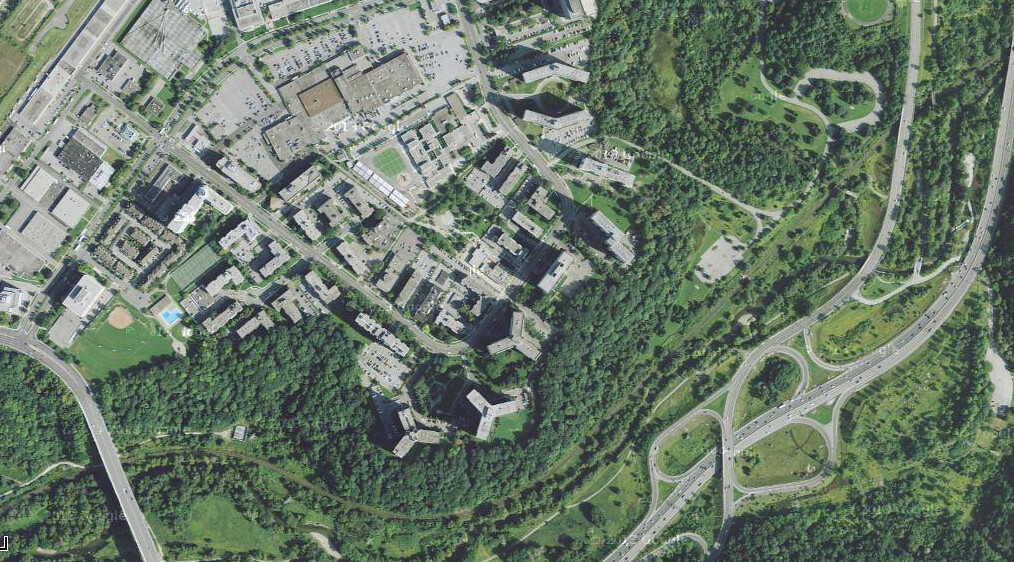I know that Steve Munro likes it, but what exactly is the benefit to tying directly into the Greenwood Yard? Is the yard able to or does it make sense to convert it handle the new Toronto Rocket of trains? There are many places where new yard could be built on public lands not otherwise occupied. Should we even be using the Toronto Rocket trains for the DRL given service flexibility provided if we went with standard gauge? Doing so opens up the CPR West Toronto Yard for TTC use and allows the ARL to be converted to a rapid transit line.
When you look at where Greenwood is located on the DRL route, it's at the perfect point where the line would split. This would allow it to serve both branches, as well as the trunk line. A yard closer to downtown along the trunk wouldn't really be possible due to land acquisition costs, and placing a yard on a branch makes it difficult to access the other branch. Also, Greenwood is the only TTC yard with a direct rail connection. Having that yard have connections to both the DRL and Bloor-Danforth would be a big plus.
Using Greenwood also opens up new yard locations for Bloor-Danforth, which could include a westward expansion. I've detailed that before, but suffice to say it would also be a good political move when looking at Phase One of the DRL. Scarborough gets a new direct-to-downtown subway, and it may not fly very well if Etobicoke didn't get something as well, even if it's just a one-stop extension.
The question of gauge is an interesting one. Under my scenario above, the Scarborough-Exhibition line would be interlined for a stretch with the Bloor-Danforth line. That interoperability IMO is a big plus, which wouldn't be possible using different gauges.
Also, I believe that the ARL would be better suited for a conversion to a GO REX line than a TTC subway line, and the CPR West Toronto Yard you mentioned could prove valuable in that case as well.


